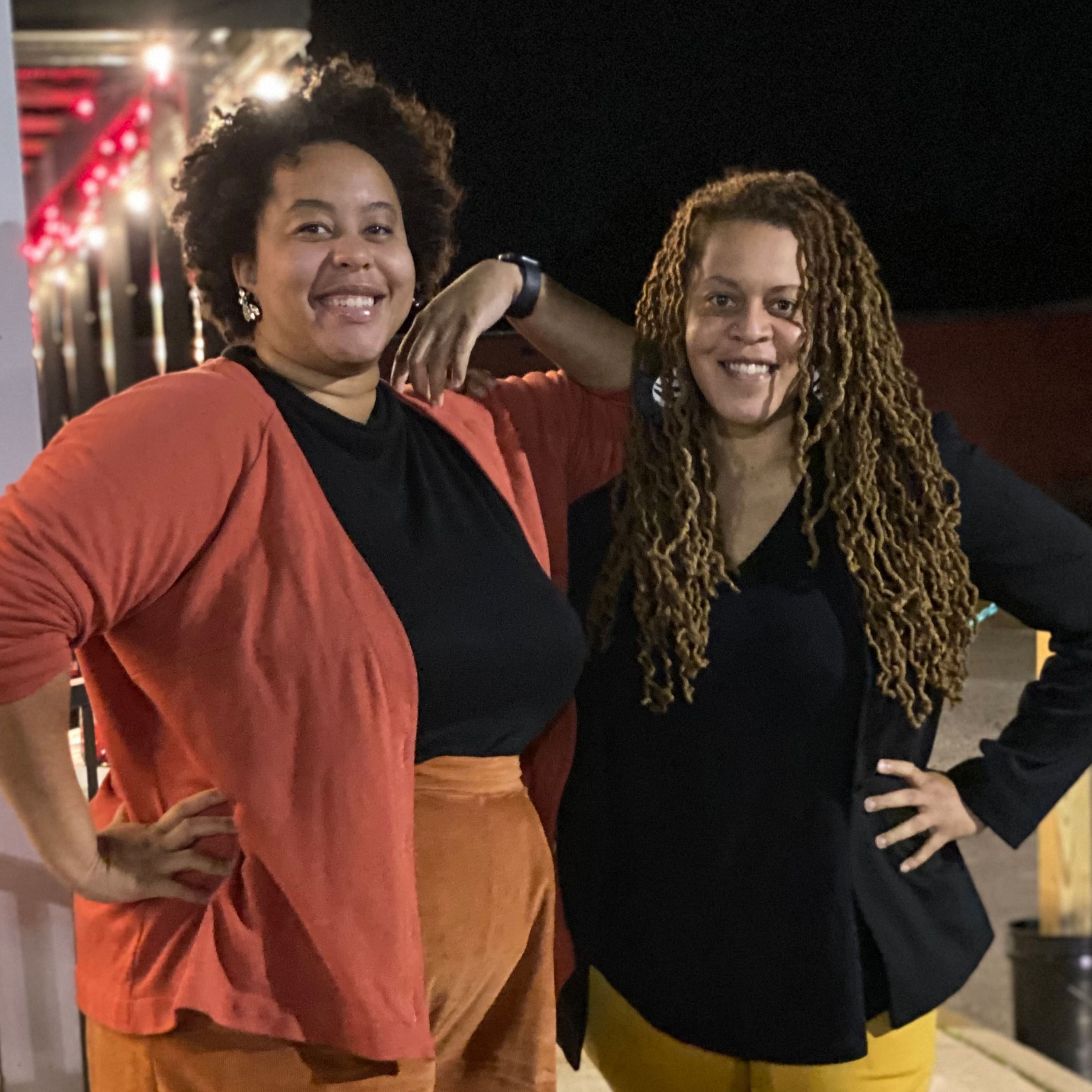Ways to support the Podcast and Black Women Stitch
Make a one-time donation here at our Act Blue site
Sustained financial support also appreciated here: For as little as $2 a month, you can join our Patreon
FREE SUPPORT Is also appreciated. Please rate, review, subscribe to the podcast. Tell a friend to do the same!
Click to Register for Fabrigasm LIVE!
Find our more about Lisa's shop: www.CulturedExpressions.com
Learn more about Lisa from her previous visit to the podcast
Facebookhttps://www.facebook.com/CulturedExpressions/
Instagram: https://www.instagram.com/culturedexpressions/
YouTube: www.youtube.com/CEFabricVideos/Videos
Blog: www.culturedexpressions.wordpress.com
Sign up for the Black Women Stitch quarterly newsletter
Check out our merch here
Leave a BACKSTITCH message and tell us about your favorite episode.
Join the Black Women Stitch Patreon
Check out our Amazon Store
Stay Connected:
YouTube: Black Women Stitch
Instagram: Black Women Stitch
Facebook: Stitch Please Podcast



